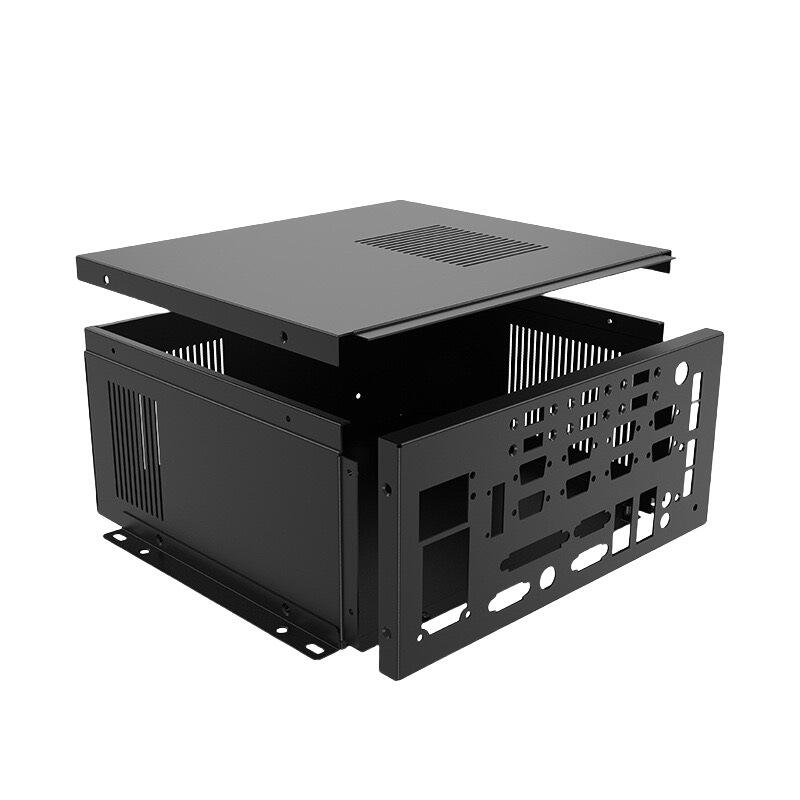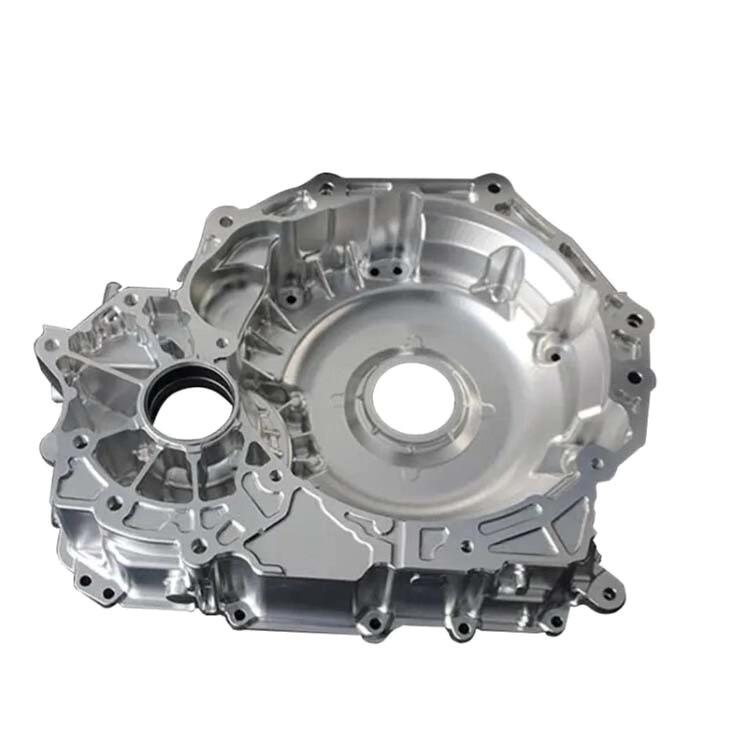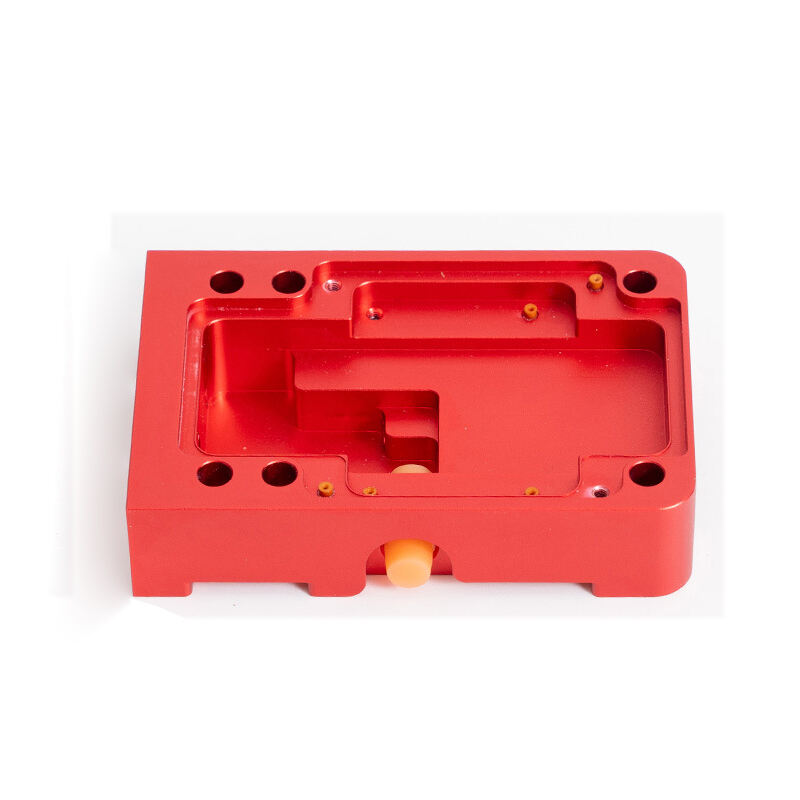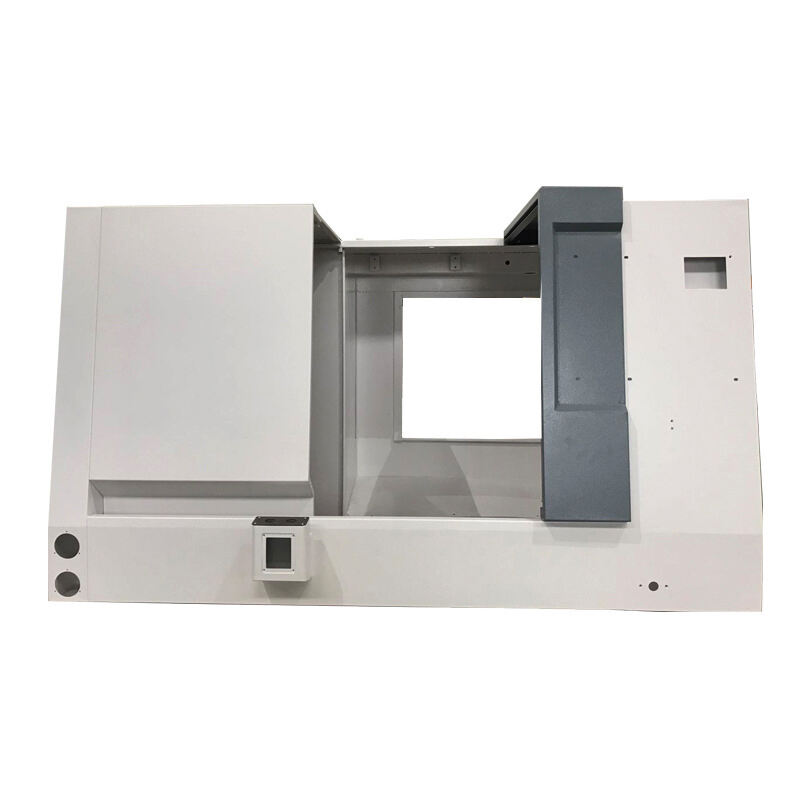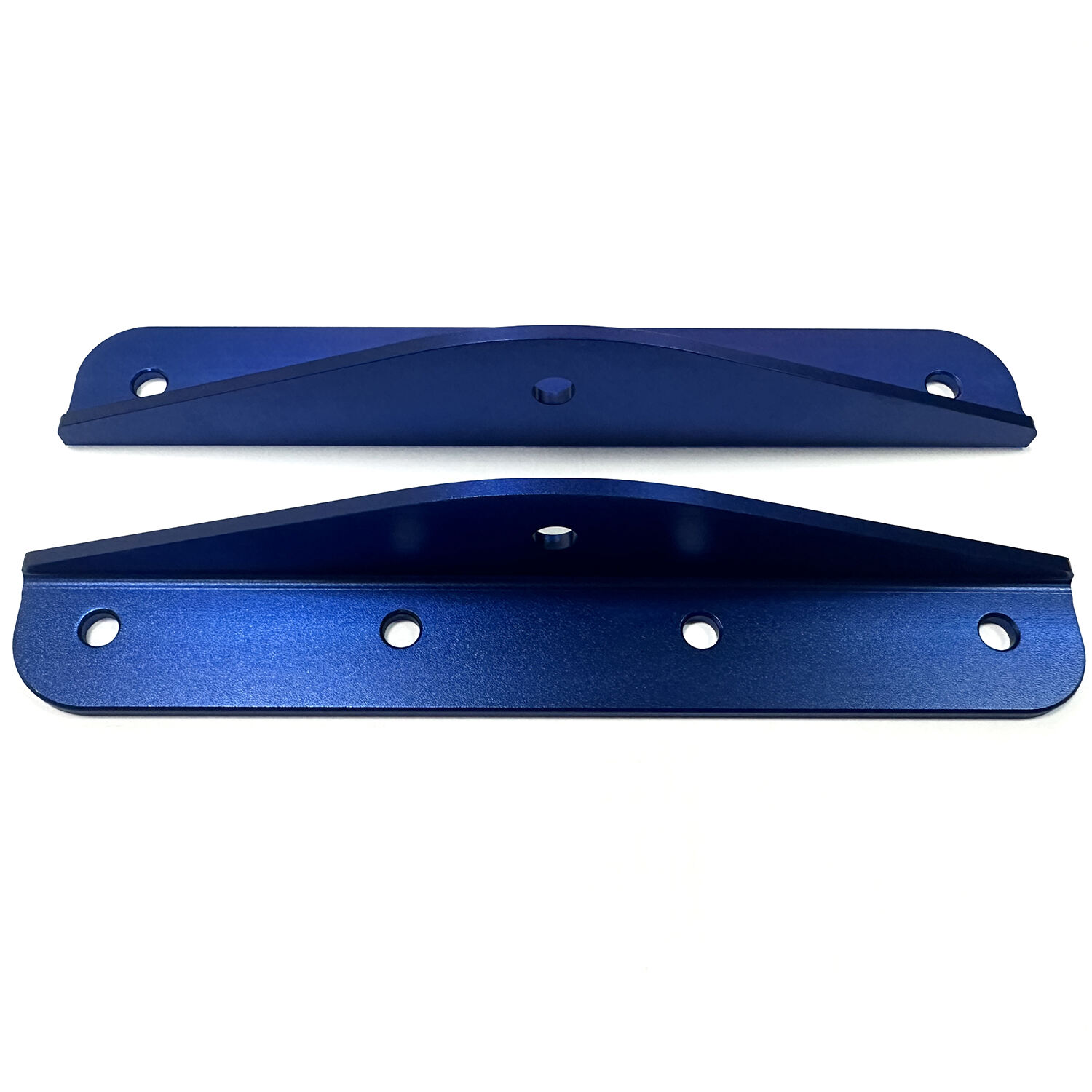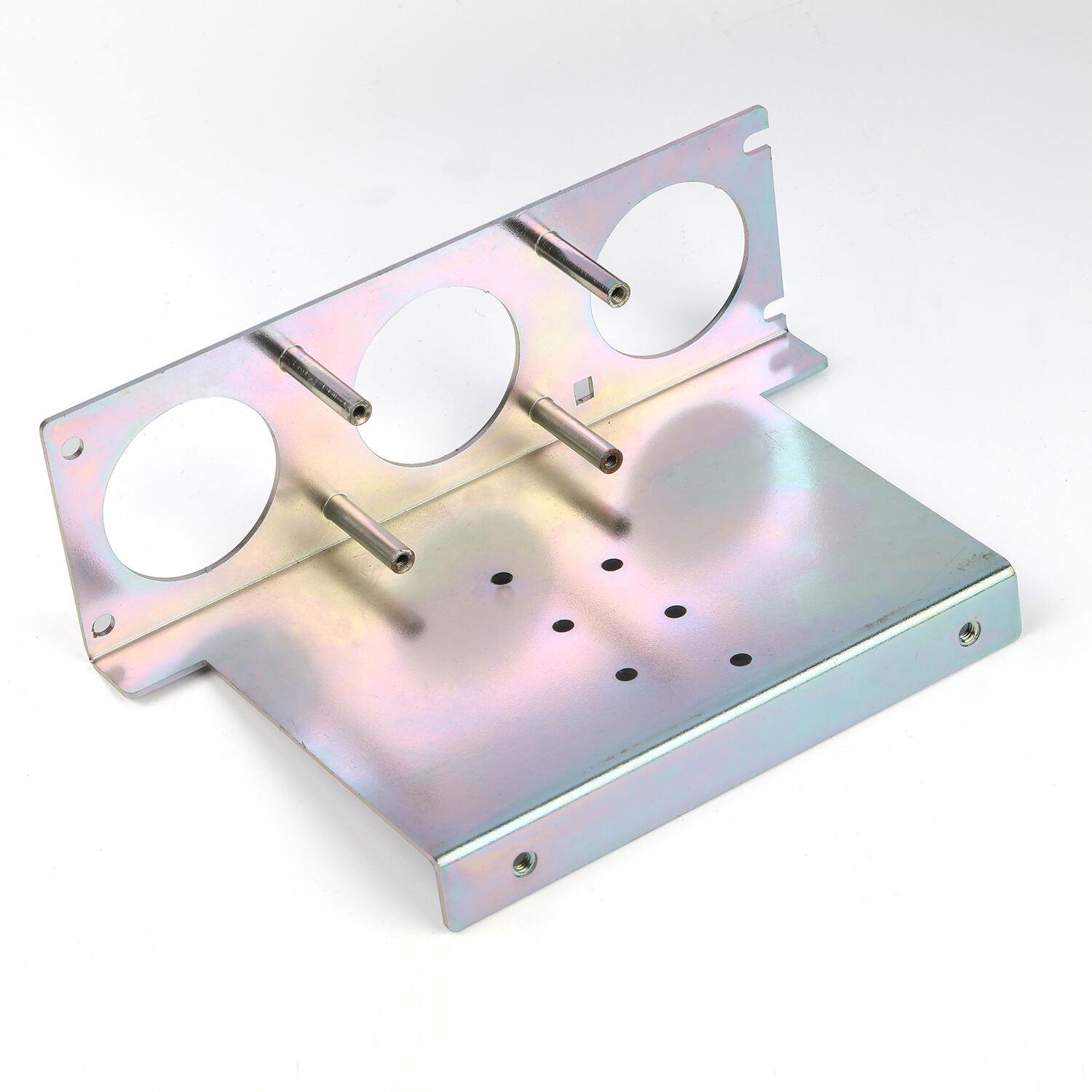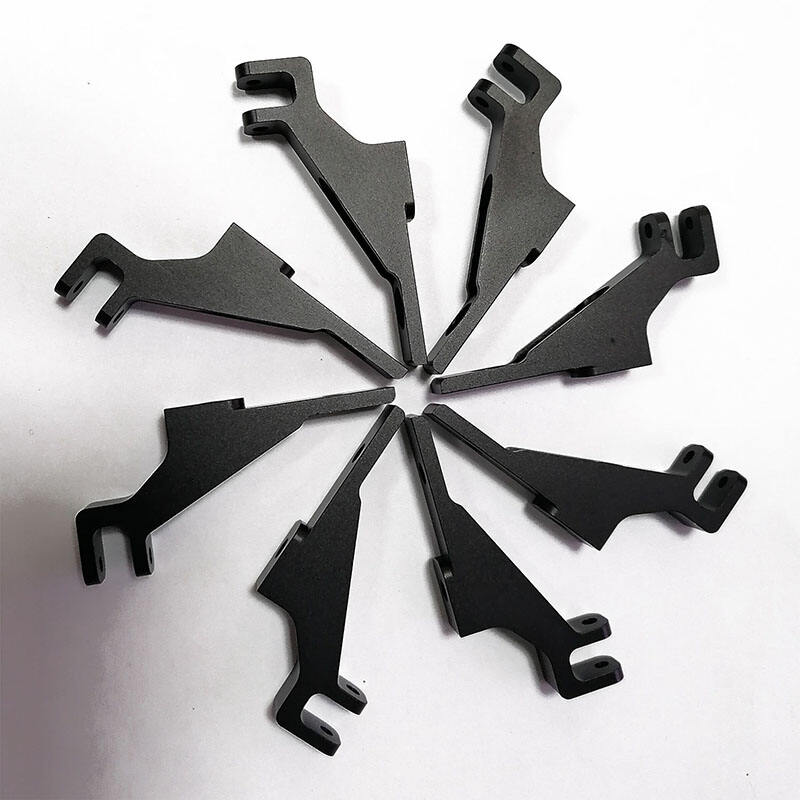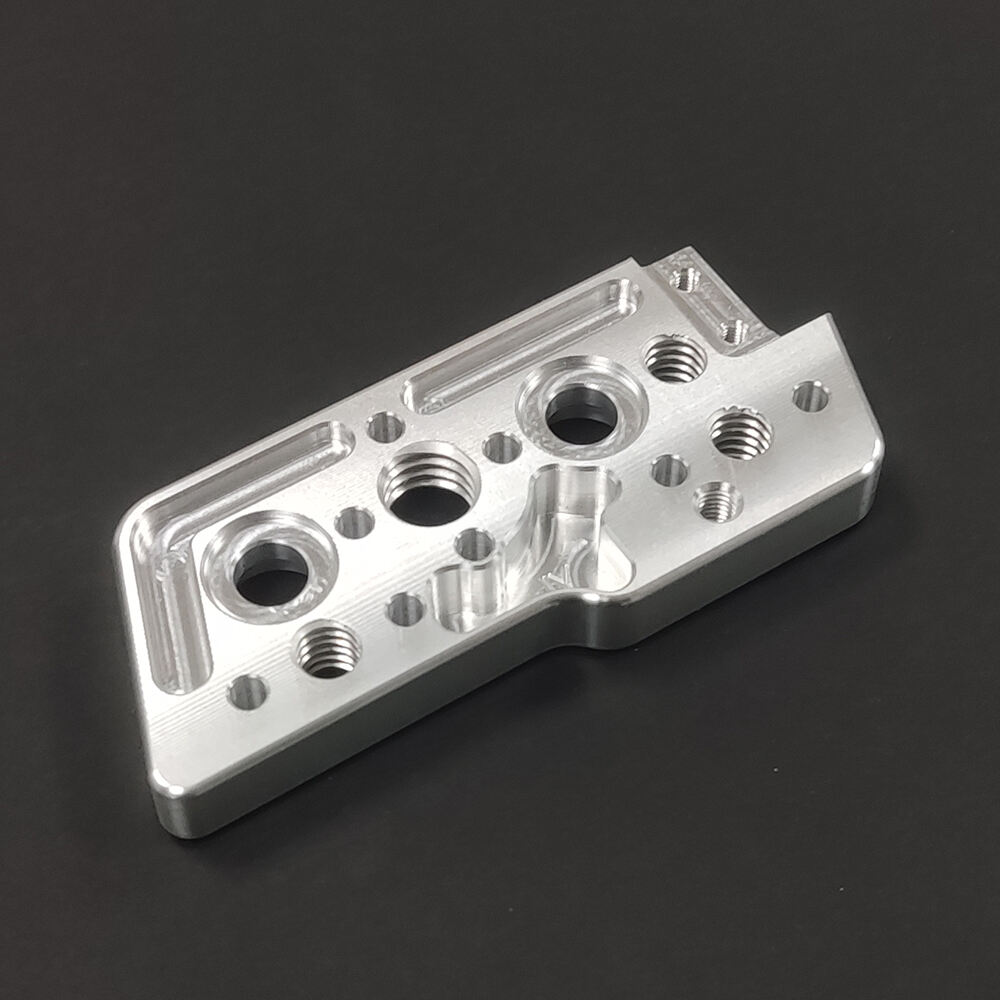Surface treatment technology in CNC machining: improving product added value
Essential Surface Treatment Technologies in CNC Machining
Anodizing: Corrosion Resistance & Aesthetic Versatility
Anodizing works by creating a controlled layer of oxidation on aluminum surfaces, which makes them much more resistant to corrosion. That's why so many manufacturers turn to this technique when they need parts that will last longer and look good too. The process actually toughens up the aluminum surface quite a bit, and throws in some nice color options as well for those wanting something visually appealing. From planes and cars right down to our everyday gadgets, companies across various sectors rely heavily on anodizing because it stands up against tough conditions without losing its visual appeal. Industry data shows that anodized materials suffer far less from corrosion problems compared to untreated ones, which explains why this method has become so popular among makers looking for both function and form.
Powder Coating: Durable Protection for Complex Geometries
The powder coating process starts with electrostatic application and then moves through a curing stage, creating a protective layer that covers surfaces evenly and builds up good thickness. For those tricky CNC machined parts with all sorts of angles and curves, this method works really well because it gets into every nook and cranny while still protecting those delicate details. One big plus is how tough it is against chips and color loss, which makes it great for parts that need to stand up to rough conditions out in the field. Manufacturers across different sectors have seen years of service from powder coated components, especially in automotive and industrial applications where durability matters most. The results speak for themselves when looking at equipment that keeps performing despite constant exposure to elements that would wear down other coatings quickly.
Bead Blasting: Achieving Precision Matte Finishes
Bead blasting works by throwing tiny abrasive particles at metal surfaces to create those precise matte finishes needed in CNC machining shops. When looking at different ways to treat surfaces, bead blasting stands out because it delivers better results than most alternatives. Machinists love this method not just for how it looks but also because it makes parts perform better too. Parts blasted this way stick better to paints and coatings, so they last longer in service environments. Plus, nobody complains about the way these parts look when they come off the machine. Industry specs actually recommend bead blasting for certain applications where quality matters most, which explains why so many manufacturing facilities have made it part of their standard workflow over time.
Optimizing Component Performance Through Surface Treatments
Enhancing Wear Resistance in Metal Stamping Parts
Getting good wear resistance matters a lot in metal stamping work if we want our tools to last longer and keep producing parts efficiently. When manufacturers apply surface treatments like hard chrome plating, they're basically adding armor to their equipment. This creates a tough outer layer that cuts down on friction and keeps those pesky abrasions at bay while the machines run. Studies from shops across different sectors show that parts which get this treatment tend to break down much later than regular ones, proving just how much difference proper surface prep makes for tool lifespan. Auto makers, airplane component producers, and even companies making packaging materials all see real value here because their operations depend heavily on consistent quality from stamped parts day after day. What these treatments do essentially is turn standard metal components into serious workhorses capable of handling heavy duty tasks without falling apart so quickly, which saves money in the long run when thinking about replacement costs and downtime.
Improving Fatigue Strength for Sheet Metal Welding Applications
The ability of materials to handle repeated stress over time, known as fatigue strength, is absolutely critical when it comes to how reliable welded parts actually are in real world applications. Engineers often turn to various surface treatments such as shot peening or different kinds of surface hardening processes to make things last longer. What these treatments do basically is create internal stresses within the material surface and improve its overall durability against constant stress cycles, which naturally extends the lifespan of components. Industry data shows that welds subjected to these treatments experience significantly fewer failures compared to untreated ones. This matters a lot in fields like car manufacturing and aircraft production where parts must perform consistently despite all sorts of vibrations and mechanical shocks day after day. When companies invest properly in enhancing fatigue strength through these methods, they're not just saving money on replacements but also making sure their products stay safe and functional even under extreme operating conditions.
Surface Roughness Control in CNC Metal Machining
How rough a surface is plays a big role in how well machined parts work and function, affecting things like whether they seal properly, how they fit together, and their ability to withstand repeated stress without breaking down. To manage surface roughness when doing CNC machining, there are several approaches available including picking the correct cutting tools for the job and adjusting feed rates appropriately. Research across different industries has shown what roughness levels work best for particular applications, which helps factories produce parts that actually do what they're supposed to do. Getting surface roughness just right matters a lot because it makes sure components actually fit together correctly, perform as expected, and don't fall apart prematurely from constant use. When manufacturers pay attention to controlling roughness strategically, they end up with better products overall. This reinforces why careful machining matters so much for getting good results from CNC metal work. Companies that get serious about mastering these surface control techniques can deliver quality parts that pass even the toughest industry requirements.
Featured CNC Products with Advanced Surface Treatments
New Energy Equipment CNC Hardware Precision Sheet Metal Casing
In the growing new energy market, CNC machined sheet metal cases have become a go to solution for protecting sensitive equipment. Manufacturers apply various surface treatments to boost both durability and efficiency. Most common materials include stainless steel and aluminum alloys, with finishes ranging from simple powder coatings to specialized anodizing techniques. These treatments help the casings survive tough conditions without losing their core functions. Real world testing shows these components hold up well over time, which is why so many renewable energy projects specify them for outdoor installations where protection against weather extremes matters most.
Custom 5-Axis Micro Aluminum Mechanical Turned Parts
The 5 axis CNC turning process has become something pretty special when it comes to making those tiny aluminum parts that need exact measurements down to fractions of a millimeter. When manufacturers apply surface treatments like anodizing or polishing after machining, they're not just making things look better but actually improving how well these components work over time. The real magic happens because precision turning allows for extremely tight tolerances around 0.001 inches or better, which works hand in hand with post processing steps to create parts that perform exceptionally well under stress. Take aerospace applications for instance where even minor imperfections can lead to catastrophic failures, or consider medical devices where biocompatibility matters most these days. That's why so many high tech sectors have adopted this approach despite the initial investment costs.
Anodized Aluminum Brass Components for High-Stress Applications
When things get really tough on equipment, mixing anodized aluminum with brass parts helps stop breakdowns before they happen. These materials have been treated at the surface level through processes like anodizing which makes them tougher against constant rubbing and pressure. That's why we see them all over places where machines work hard day after day, from car engines to factory assembly lines. Real world testing shows just how well these combinations hold up compared to other options out there. Experts in the field back this up too, pointing to numbers that tell the same story. What works best isn't just about picking strong materials though it's also about how those materials interact with their treatments when put through intense stresses regularly.
Recommended Products
Hot News
-
What is MIM processing method?
2025-11-25
-
Does copper for conductive purposes need surface treatment?
2025-11-21
-
Advantages of CNC machining
2024-01-16
-
What is CNC machining technology?
2024-01-16
-
The development trend of CNC machining
2024-01-16
-
Surface treatment technology in CNC machining: improving product added value
2025-03-20
-
What is the difference between SS316 and SS316L?
2025-11-10
-
Good news -100pcs large mechanical equipment casings have been produced
2025-11-11
-
Surface treatment of stainless steel - powder coating or spray painting
2025-11-13
-
What Role does Sheet Metal Shell Processing Play in Electronic Products?
2025-12-04

 EN
EN
 AR
AR
 CS
CS
 DA
DA
 NL
NL
 FI
FI
 FR
FR
 DE
DE
 EL
EL
 IT
IT
 JA
JA
 KO
KO
 NO
NO
 PL
PL
 PT
PT
 RU
RU
 ES
ES
 SV
SV
 TL
TL
 ID
ID
 VI
VI
 TH
TH
 MS
MS
